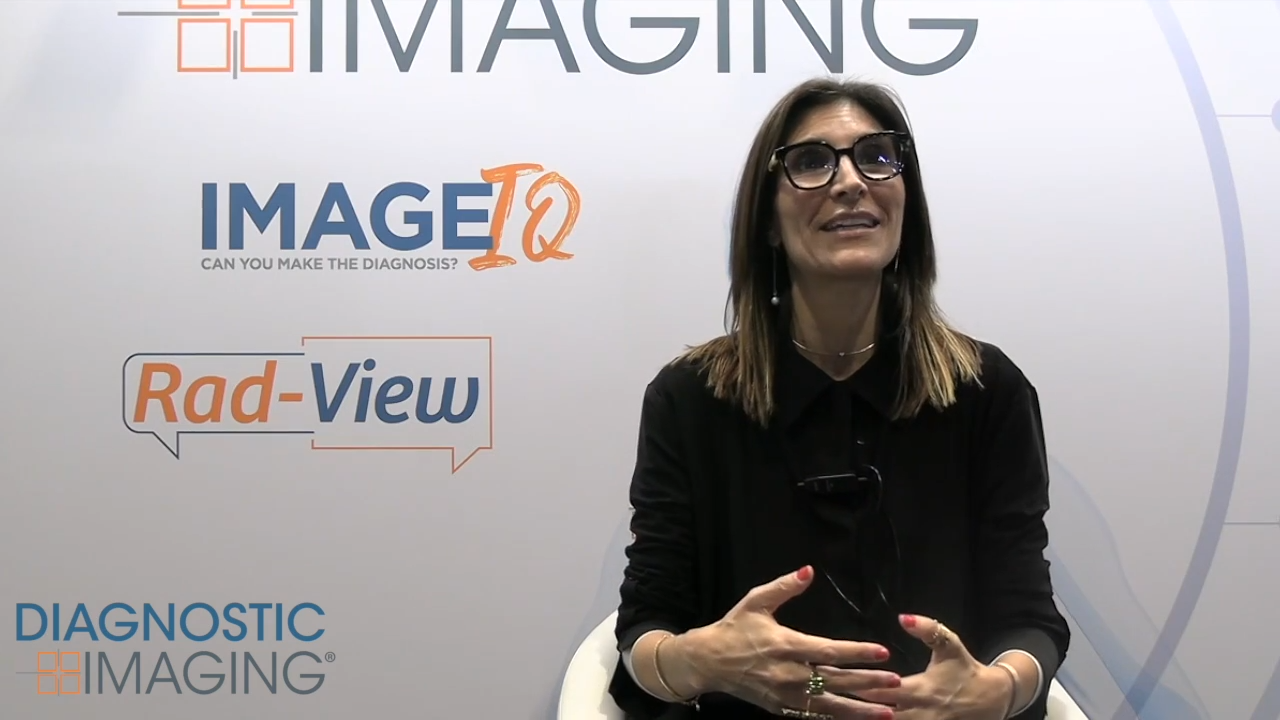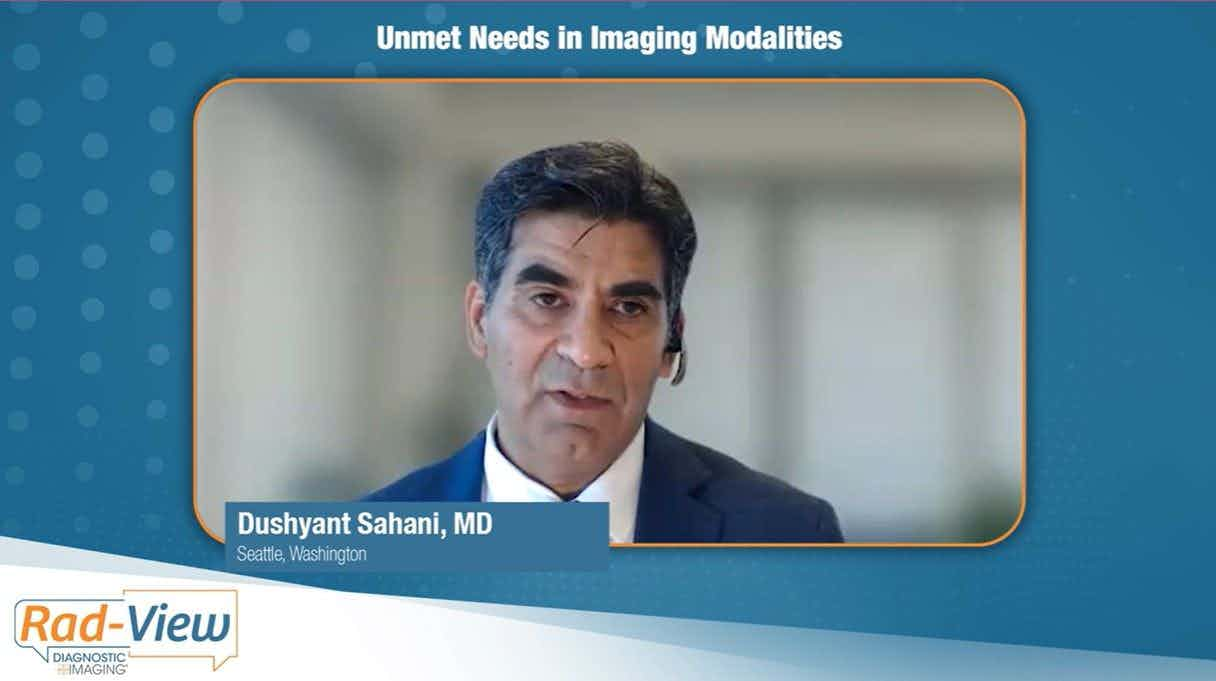SMV pursues high-energy imaging
Like many other nuclear medicine vendors, SMV of Twinsburg, OH,is developing high-energy imaging technologies to image fluorodeoxyglucose,the radiotracer used in most PET studies. At its RSNA booth, SMVwill display both collimated and coincidence
Like many other nuclear medicine vendors, SMV of Twinsburg, OH,is developing high-energy imaging technologies to image fluorodeoxyglucose,the radiotracer used in most PET studies. At its RSNA booth, SMVwill display both collimated and coincidence detection-based high-energymethods, according to Robert Ripley, director of corporate communications.
SMV will also debut a new motion-correction program designedto work with its Transmission Attenuation Correction (TAC) productand its Restore resolution recovery algorithm.
Study Examines CT-Based AI Detection of Incidental Abdominal Aortic Aneurysms
April 29th 2025The AI software Viz AAA offered a sensitivity of 87.5 percent in detecting abdominal aortic aneurysms on contrast-enhanced CT, according to new retrospective research presented at the American Roentgen Ray Society (ARRS) conference.
The Reading Room: Racial and Ethnic Minorities, Cancer Screenings, and COVID-19
November 3rd 2020In this podcast episode, Dr. Shalom Kalnicki, from Montefiore and Albert Einstein College of Medicine, discusses the disparities minority patients face with cancer screenings and what can be done to increase access during the pandemic.
What is the Best Use of AI in CT Lung Cancer Screening?
April 18th 2025In comparison to radiologist assessment, the use of AI to pre-screen patients with low-dose CT lung cancer screening provided a 12 percent reduction in mean interpretation time with a slight increase in specificity and a slight decrease in the recall rate, according to new research.
Meta-Analysis Shows Merits of AI with CTA Detection of Coronary Artery Stenosis and Calcified Plaque
April 16th 2025Artificial intelligence demonstrated higher AUC, sensitivity, and specificity than radiologists for detecting coronary artery stenosis > 50 percent on computed tomography angiography (CTA), according to a new 17-study meta-analysis.










